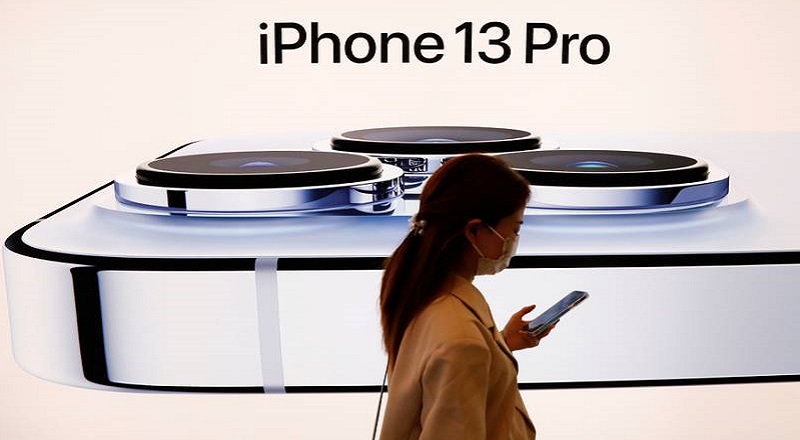CALIFORNIA: The US iPhone manufacturer, Apple, which is already suffering from a global supply crunch, is now confronting slowing demand internationally.
The company has told its component suppliers that demand for the iPhone 13 line-up has weakened, people familiar with the matter said, signaling that some consumers have decided against trying to get the hard-to-find item, Bloomberg reported.
Already, Apple had cut its iPhone 13 production goal for this year by as many as 10 million units, down from a target of 90 million, because of a lack of parts, Bloomberg News reported. But the hope was to make up much of that shortfall next year – when supply is expected to improve.
The company is now informing its vendors that those orders may not materialise, according to the people, who asked not to be identified because the discussions are private.
The company is still on track for a record holiday season, with analysts projecting a sales increase of 6 percent to $117.9 billion in the final three months of the calendar year. But it won’t be the blockbuster quarter that Apple – and Wall Street – had originally envisioned.
Read More:
Apple halts online sales of iPhone in Turkey
Italy fines Apple, Amazon $230m for secret deal
Shortages and delivery delays have frustrated many consumers. And with inflation and the Omicron variant bringing fresh concerns to pandemic-weary shoppers, they may forego some purchases. That could mean skipping the iPhone 13 altogether and waiting to upgrade next year, when its successor comes out.
The current line-up, which starts at $799 for the standard model and $999 for the Pro, is considered a modest update from the iPhone 12, which had a whole new design. Bigger changes are expected for the 2022 model, giving some shoppers a reason to wait.
Apple, based in Cupertino, California, declined to comment.
Apple suppliers across Asia extended their declines after Bloomberg’s report. In South Korea, LG Innotek slid 11 percent, while Hong Kong-listed AAC Technologies Holdings fell as much as 4.8 percent, and Japan’s TDK dropped as much as 4.8 percent.
The iPhone is Apple’s flagship product, accounting for about half of its $365.8bn in revenue during the last fiscal year, and rolling out upgrades is a delicate dance. With the iPhone 13, Apple and wireless carriers unleashed aggressive rebate programmes to spur purchases.
In some cases, owners of an iPhone 12 or earlier models were able to buy an iPhone 13 at little to no cost. While discount programmes are still available, some offer less dramatic savings than when new models first went on sale.


